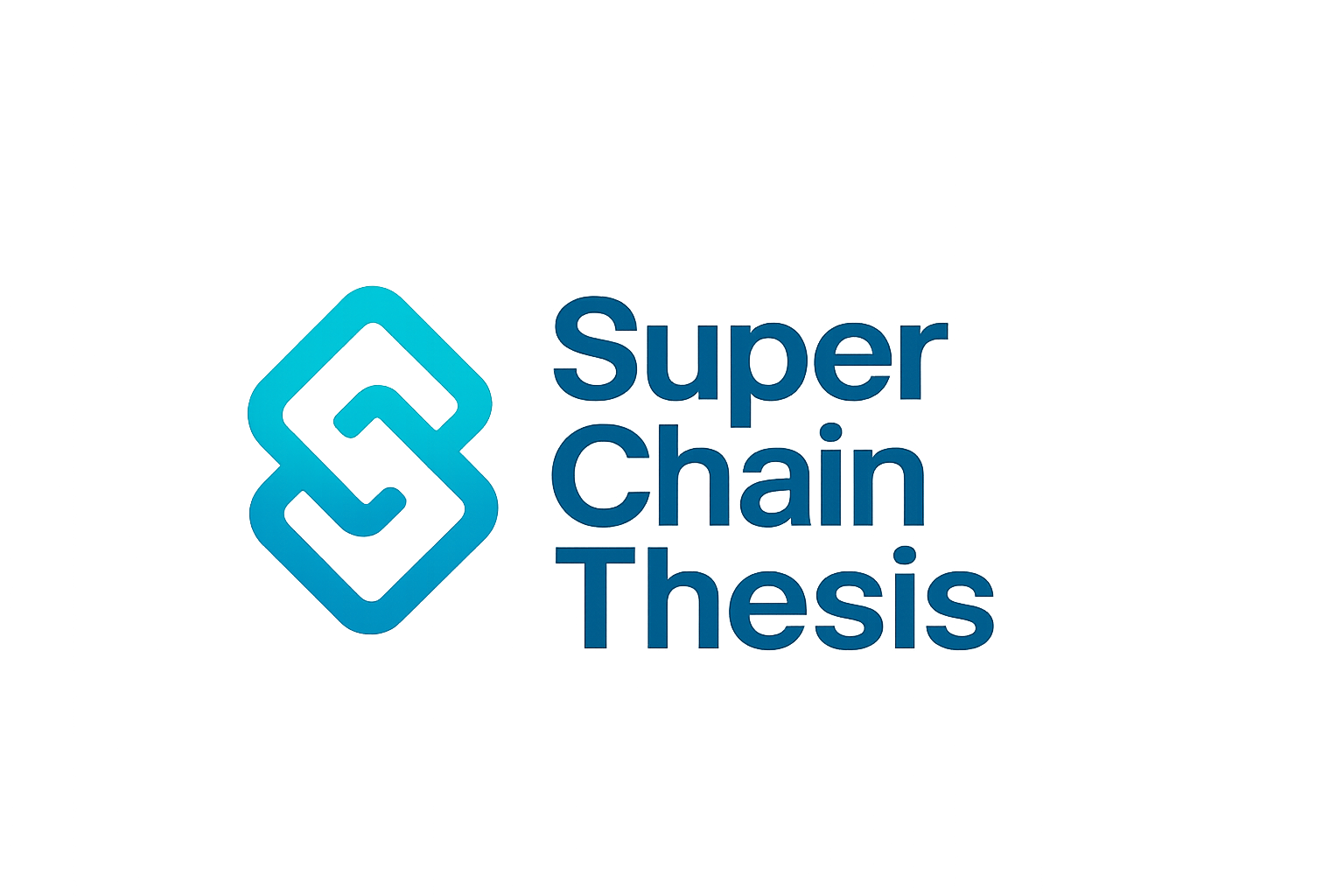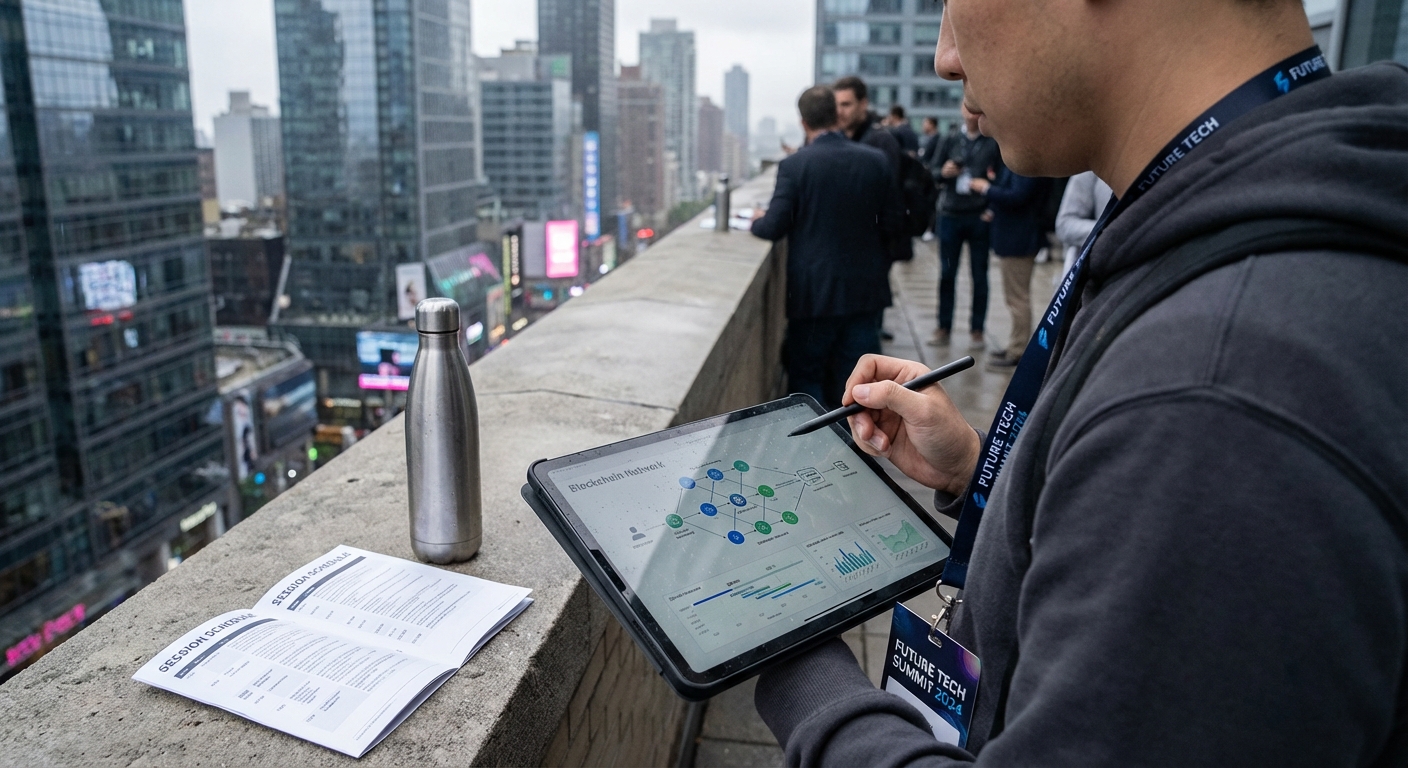
Blockchain gaming has long been constrained by the trilemma of scalability, speed, and decentralization. While Layer 2 solutions and appchains have made strides, truly real-time multiplayer games – think thousands of players updating positions every 100 milliseconds – have remained out of reach for on-chain platforms. Enter ephemeral rollups: a transformative technology now emerging on the OP Superchain that is poised to change the game for developers and players alike.

What Are Ephemeral Rollups? The Tech Powering Real-Time Blockchain Gaming
Ephemeral rollups are temporary, high-performance execution environments that can be spun up on demand. Unlike traditional Layer 2s or appchains, they do not require their own bridges or tokens. Instead, they inherit the security and liquidity of their parent chain – in this case, any OP Stack chain within the OP Superchain ecosystem. This enables bridgeless liquidity rollup functionality and seamless composability with existing smart contracts.
The real magic lies in their performance: ephemeral rollups can achieve transaction latencies as low as 10, 50 milliseconds, rivaling even the fastest Web2 gaming servers. For context, a typical blockchain game might require processing 10,000 transactions per second to support 1,000 players with updates every 100 ms (arxiv.org). Traditional blockchains simply cannot keep up with this throughput without sacrificing either decentralization or cost efficiency.
The OP Superchain Advantage: Scalability Without Compromise
The OP Superchain, built on Optimism’s modular OP Stack, is uniquely positioned to harness ephemeral rollups for gaming at scale. By allowing these lightweight execution layers to process transactions off-chain during gameplay sessions – then settle final states back onto the main chain with full cryptographic guarantees – developers unlock both speed and trustless settlement.
This approach eliminates many pain points that have plagued fully on-chain (FOC) games:
- No new tokens: Games use native assets and liquidity pools already present on the OP Stack.
- No bridges: Ephemeral rollups inherit security from their parent chain without risky cross-chain hops.
- Elastic scaling: Developers can spin up dedicated runtimes for tournaments or events, then wind them down when no longer needed.
- Customizable execution: Each ephemeral rollup can be tailored for specific operational needs like higher tick rates or gasless play.
The result? A path toward Solana-speed rollups, but with Ethereum-grade decentralization and composability – all within one superchain ecosystem.
Key Benefits of Ephemeral Rollups in Real-Time Blockchain Gaming
-
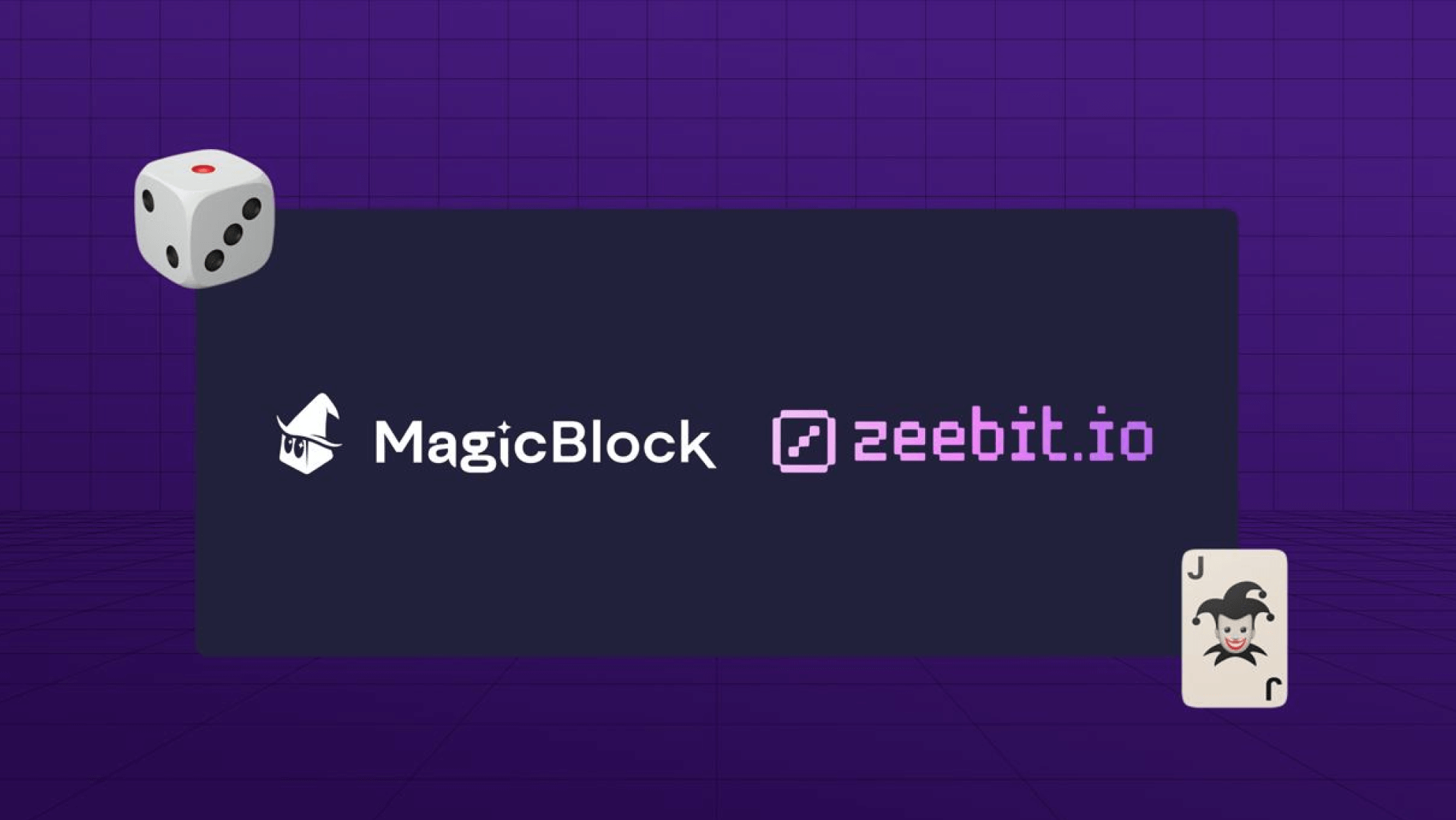
Ultra-Low Latency Gameplay: Ephemeral Rollups enable transaction processing with latencies as low as 10–50 milliseconds, delivering seamless, real-time multiplayer experiences that rival traditional gaming platforms.
-
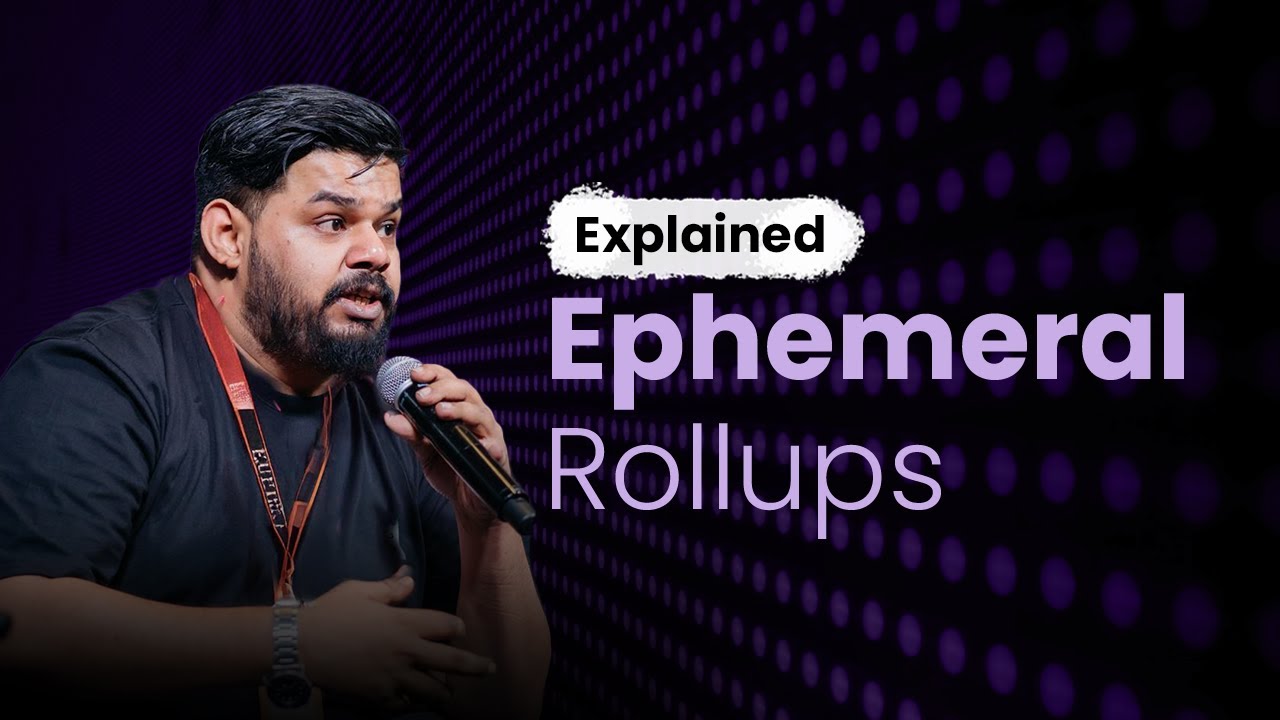
Massive Scalability for High-Volume Games: With the ability to process thousands of transactions per second, Ephemeral Rollups support large-scale games, such as those with 1000+ players updating positions every 100 ms, without network congestion.
-
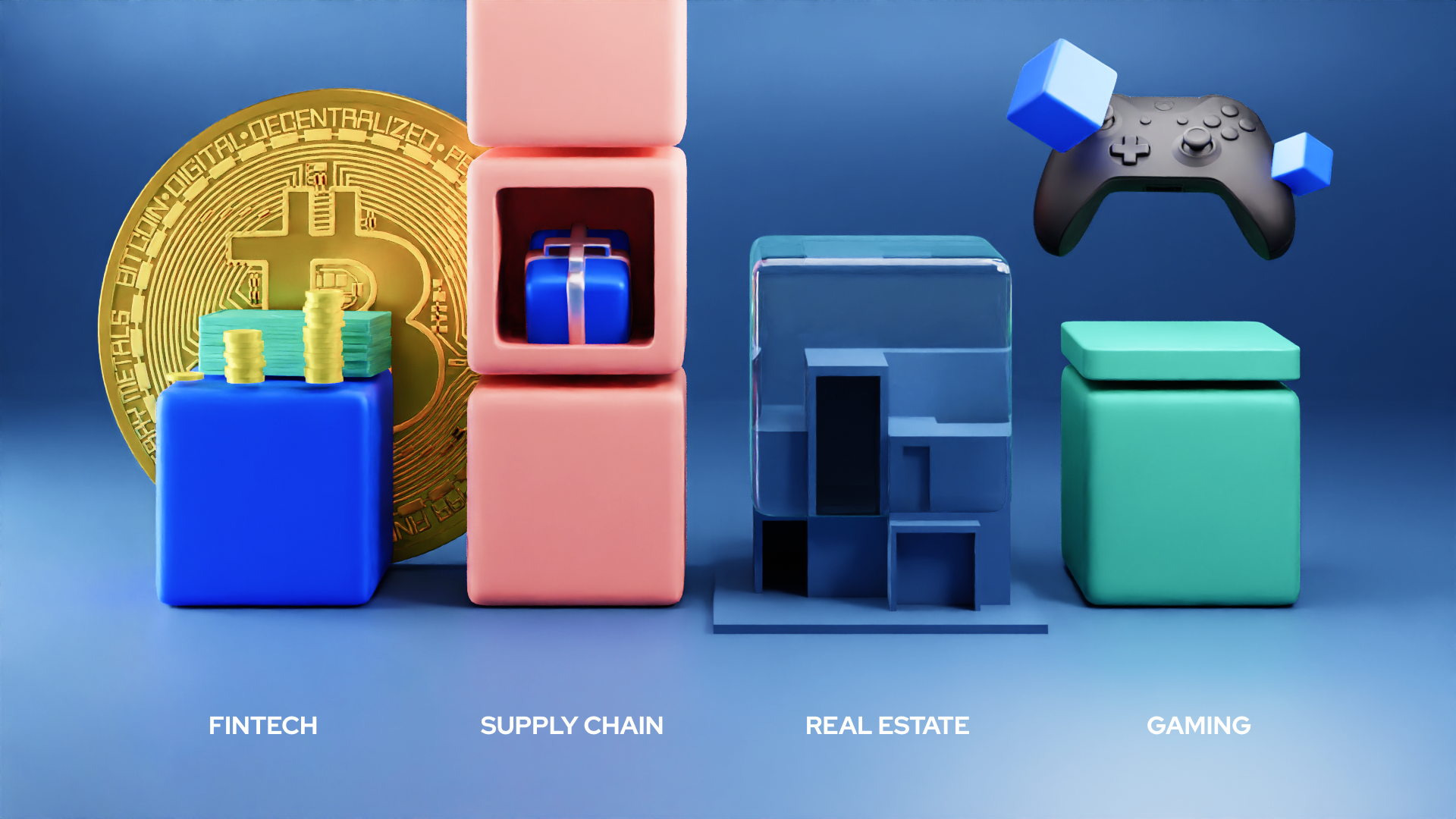
Cost-Efficient, Gasless Transactions: By executing transactions off-chain during game sessions and only committing the final state, Ephemeral Rollups significantly reduce gas fees, enabling cost-effective gameplay for developers and players.
-
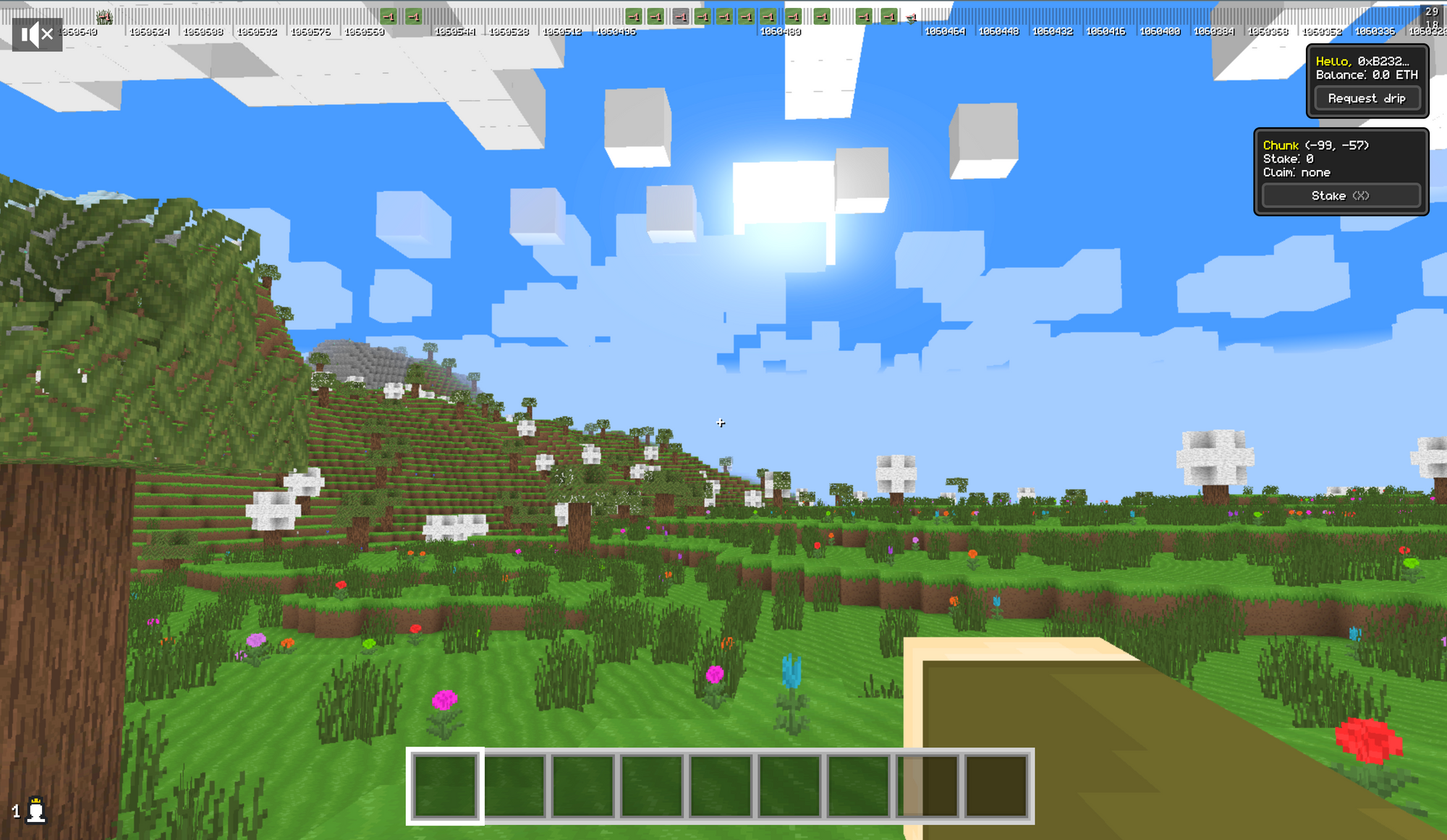
Seamless Integration with Main Chain Liquidity: Ephemeral Rollups maintain full access to OP Superchain’s liquidity and composability, allowing games to interact with existing smart contracts and DeFi protocols without bridges or new tokens.
-
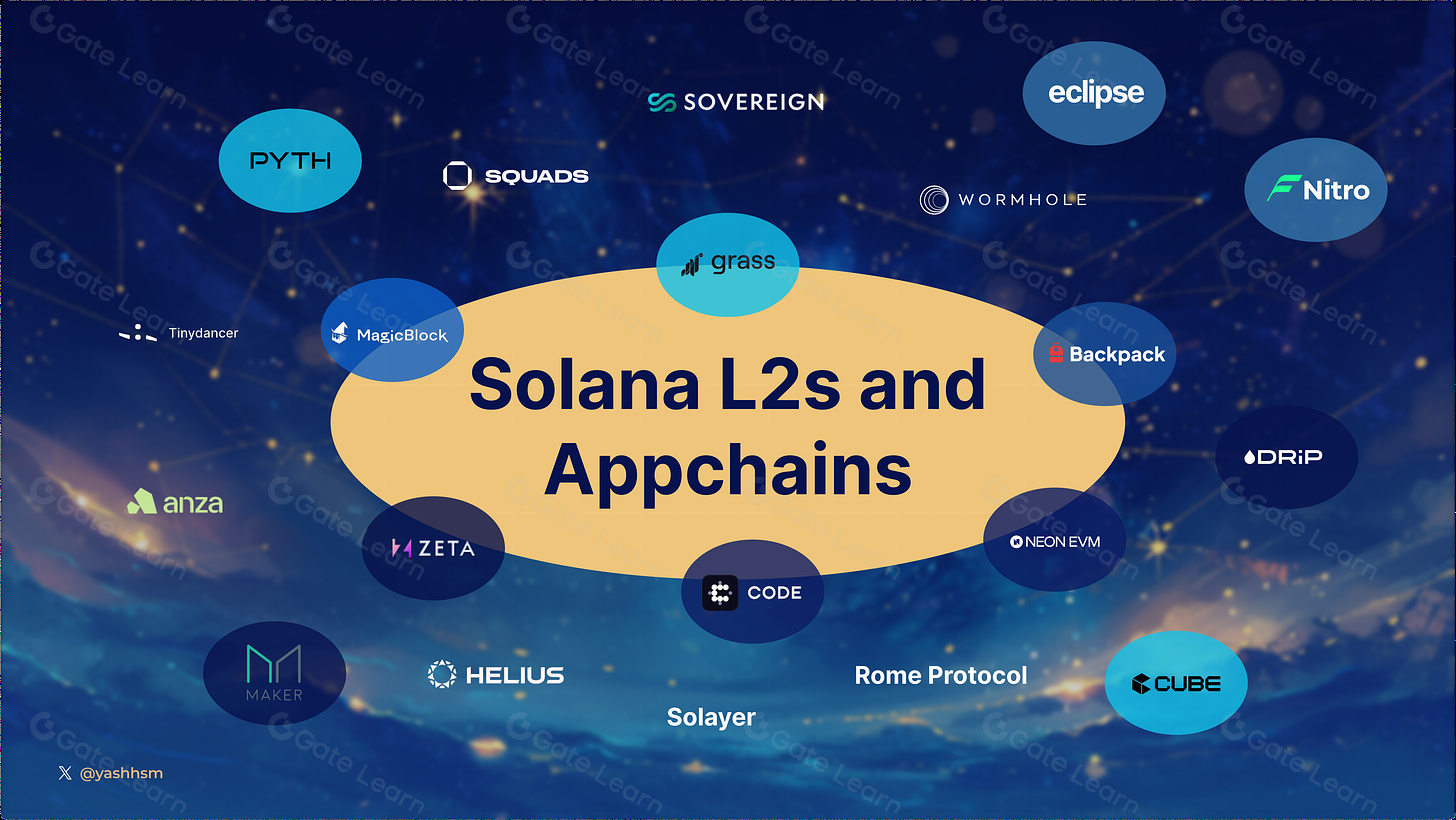
Customizable, Dedicated Runtimes: Developers can tailor Ephemeral Rollups for specific gaming events or tournaments, providing temporary, high-performance environments that scale elastically based on demand.
Pushing Past Solana-Speed: The New Latency Frontier
The most striking feature of ephemeral rollups is their ability to deliver sub-50 millisecond latency for interactive experiences (magicblock.xyz). This is a vast improvement over even Solana’s current capabilities and shatters previous assumptions about what’s possible in blockchain gaming infrastructure. For developers building fast-paced shooters, strategy games, or massive online tournaments, this means no longer having to compromise between user experience and trustless settlement.
This leap isn’t just theoretical; projects like Ancient8 Chain are launching gaming-focused L2s using similar tech stacks to onboard millions into Web3-native play. Meanwhile, platforms such as Caldera are exploring ephemeral rollup deployments for short-lived tournament events – providing elastic scalability exactly when it’s needed most.
What’s especially compelling is how ephemeral rollups sidestep the complexity that has historically slowed blockchain gaming adoption. By removing the need for bridges and new tokens, these rollups deliver a frictionless developer experience. This architecture also ensures that liquidity remains unified across the OP Superchain, so in-game assets and rewards can flow freely between games, marketplaces, and DeFi protocols without fragmentation.
For the player, this translates into tangible benefits: near-instant matchmaking, seamless in-game economies, and real-time leaderboards that are provably fair. The ability to spin up a dedicated ephemeral rollup for a weekend tournament or a special event means games can scale to tens of thousands of concurrent users, without sacrificing decentralization or trust minimization.
Emerging Use Cases: From Tournaments to Dynamic Worlds
The flexibility of ephemeral rollups unlocks innovative game designs previously considered impractical on-chain. Imagine:
5 Groundbreaking Real-Time Blockchain Games Using Ephemeral Rollups
-
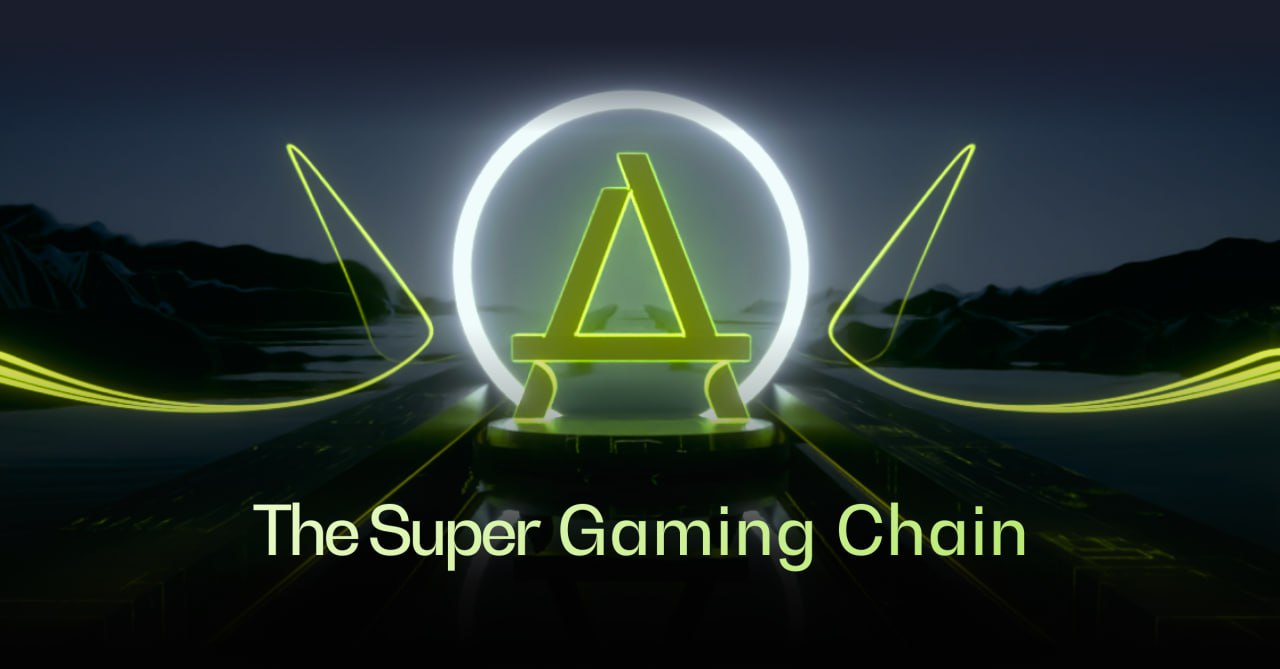
Ancient8 Chain – This gaming-focused Ethereum Layer 2 rollup leverages ephemeral rollups to deliver ultra-fast, real-time gameplay for thousands of users simultaneously. Ancient8 Chain utilizes the OP Stack to provide seamless, low-latency blockchain gaming experiences and is designed to onboard millions of gamers into Web3.
-
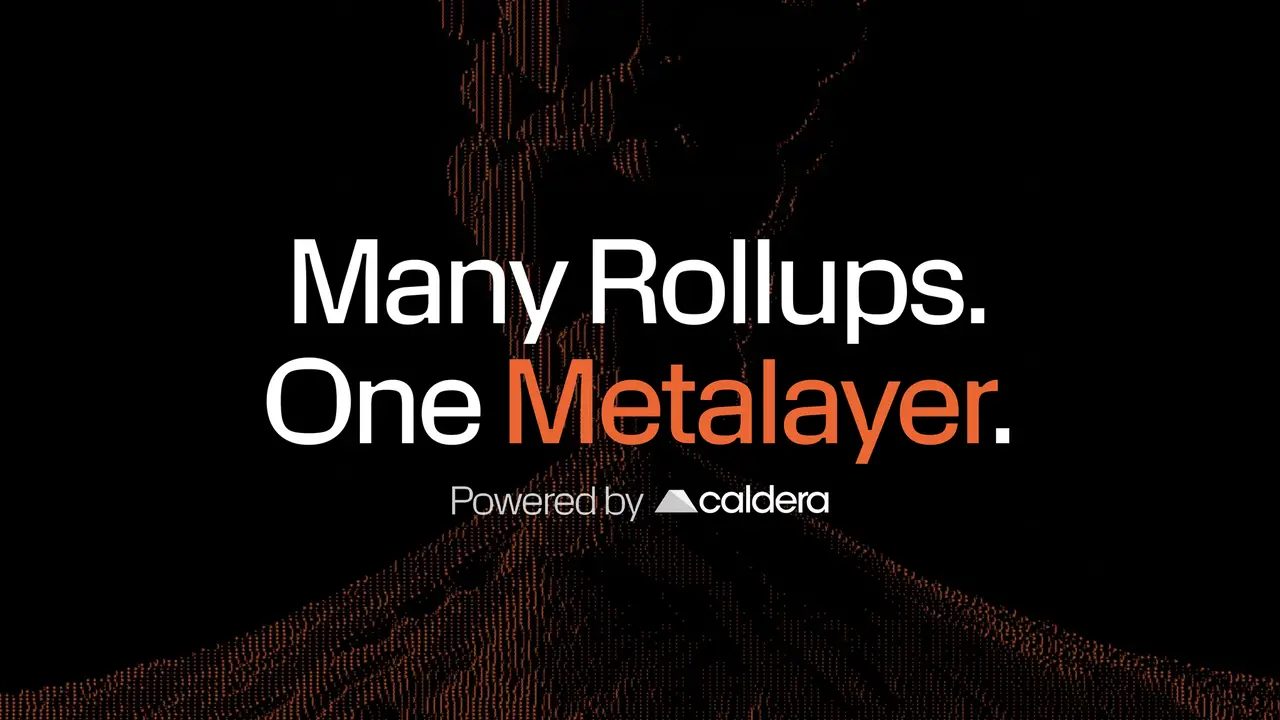
Caldera – Caldera enables game developers to launch customizable, ephemeral rollups for high-speed, time-bound gaming events such as tournaments. By providing dedicated, temporary execution environments, Caldera ensures rapid transaction finality and smooth multiplayer experiences on the OP Superchain.
-
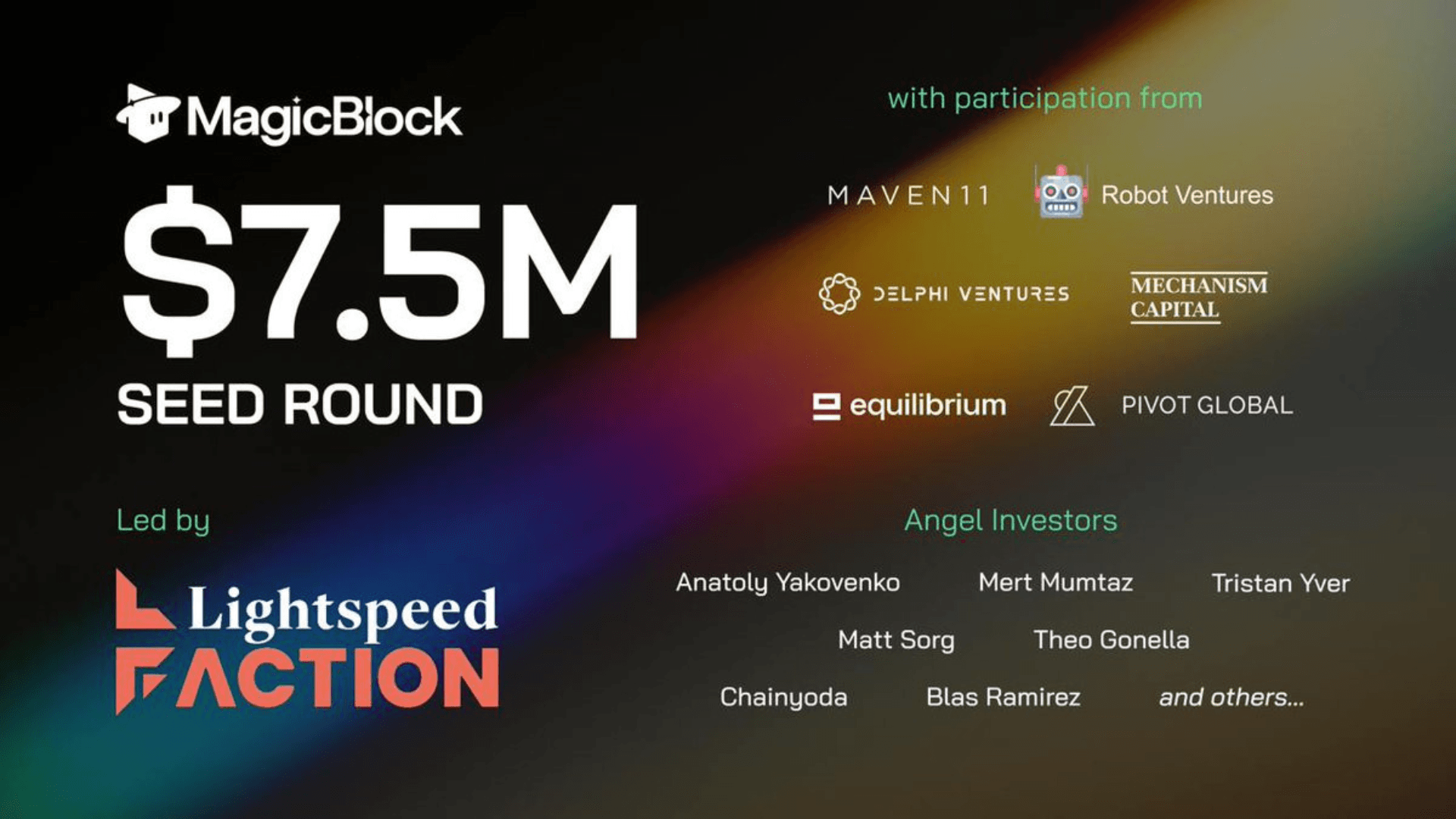
MagicBlock – MagicBlock offers a platform for deploying ephemeral rollups that extend Solana’s capabilities, allowing developers to create fully on-chain games with real-time state updates and minimal latency. Their technology supports games with thousands of concurrent players, all interacting in real time.
-

AltLayer – Specializing in “flash layers,” AltLayer provides ephemeral optimistic rollups for time-sensitive game sessions and tournaments. This approach enables high-throughput, low-latency gameplay while maintaining trustless settlement and composability with the main chain.
-
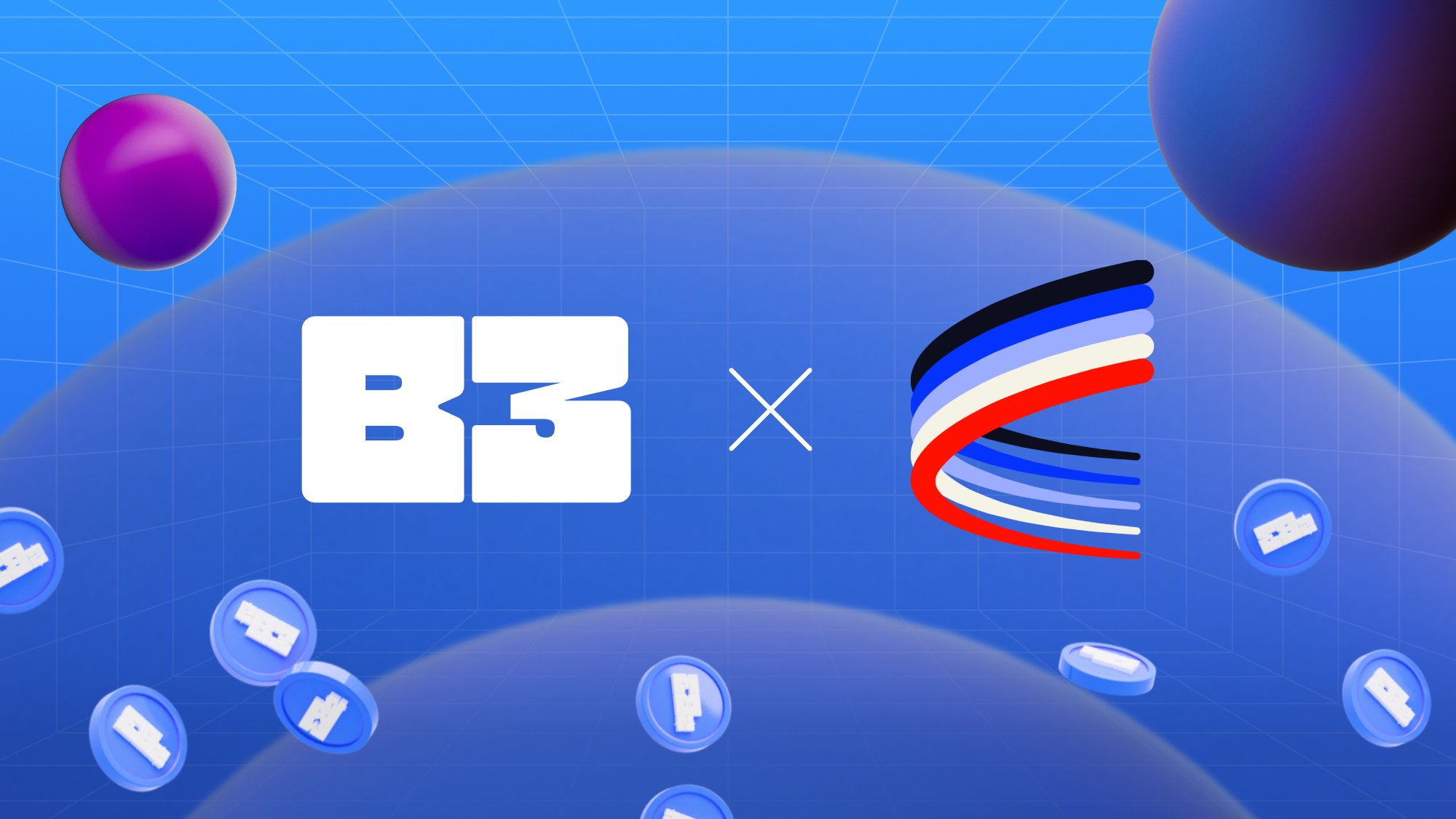
B3 on Caldera – B3 is a pioneering real-time blockchain game powered by Caldera’s ephemeral rollups. It demonstrates how temporary, high-performance execution environments can support fast-paced, interactive gameplay with cryptographic security and seamless settlement on the OP Superchain.
Consider the implications for fully on-chain (FOC) games, where every move, strategy adjustment, or market trade is cryptographically secured yet updated in real time. With ephemeral rollups handling the high-frequency execution and state commitments efficiently batched back to the main chain, developers can finally build worlds that feel as responsive as their Web2 counterparts, but with all the composability and transparency of Web3.
The Developer Perspective: Tooling and Onboarding
The OP Stack’s modular design makes it straightforward for studios to integrate ephemeral rollup infrastructure into existing pipelines. Tools emerging from projects like MagicBlock are lowering barriers further by providing prebuilt templates and SDKs tailored for gaming use cases (magicblock.xyz). This ease of onboarding encourages experimentation, expect to see rapid iteration not just from established studios but also indie teams pushing boundaries in game mechanics and monetization models.
As more developers leverage these tools, we’ll likely see an explosion of cross-game interoperability. Assets earned in one tournament could seamlessly transfer into another title built atop the same OP Superchain infrastructure, creating new economic loops and network effects unique to decentralized gaming.
Looking Ahead: The Roadmap for Superchain Gaming
The integration of ephemeral rollups within the OP Superchain ecosystem is still early but accelerating fast. While some challenges remain, such as optimizing user onboarding flows or supporting ultra-high-frequency trading scenarios, the core technology has already demonstrated its transformative potential.
Expect leading studios to debut flagship titles leveraging this stack over the next year. As adoption grows, we’ll see not only more sophisticated games but also new genres uniquely suited to this infrastructure: think persistent world simulations with thousands of actors or dynamic tournaments orchestrated entirely on-chain.
For investors tracking blockchain gaming scalability or developers seeking true Web3-native interactivity, following advancements in ephemeral rollups will be critical. The superchain vision is no longer just about scaling transactions, it’s about enabling entirely new forms of digital play where speed, fairness, and composability finally coexist.
